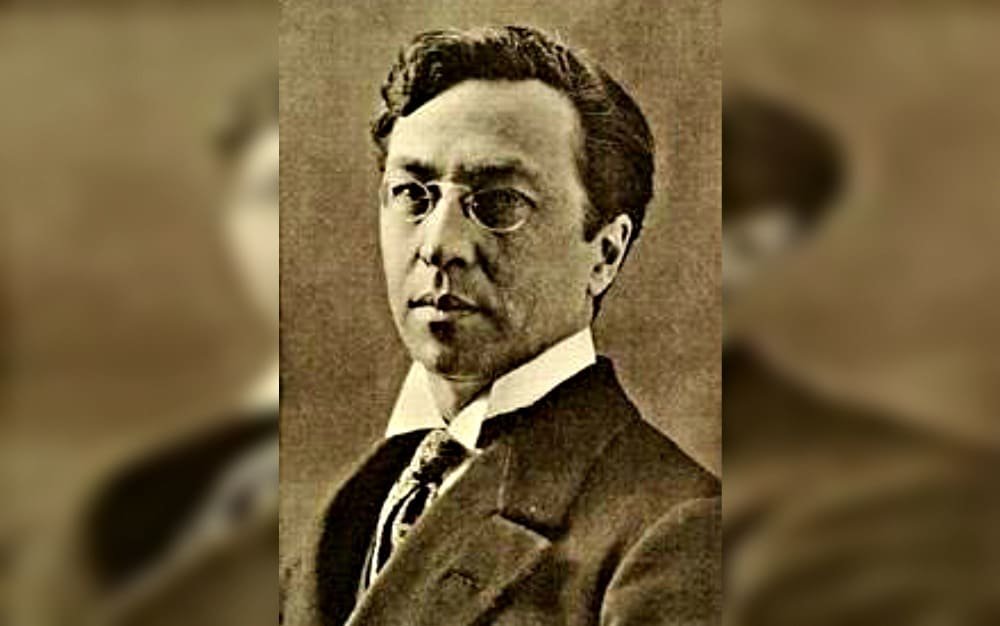Vasíli Kandinski, born on December 4, 1866, in Moscow, Russia, emerged as a trailblazing figure in the world of art, contributing significantly to abstract and lyrical abstraction movements. Despite a family background rooted in high status, Kandinsky’s passion for art took precedence over a potential career in law and economic sciences. This blog post explores the life, influences, and artistic evolution of the Russian plastic artist, highlighting his impact on abstract art, expressionism, and his legacy.
Vasíli Kandinski Early Life and Education:
Kandinsky’s upbringing in a privileged family provided him with access to prestigious schools and private music and art tutors. Initially pursuing studies in Law and Economic Sciences at the University of Moscow, he eventually redirected his focus to art, inspired by Impressionist exhibitions and the works of Monet. His journey led him to Munich, where he overcame initial rejection from the Art Academy, studying under influential teachers such as Franz von Stuck.
Artistic Evolution:
Kandinsky’s artistic style underwent a transformation influenced by his travels across Europe. Embracing chromatic abundance and simplicity of forms, he gravitated toward abstract art. In 1911, he co-founded Der Blaue Reiter with colleagues August Macke and Franz Marc, promoting art exhibitions and marking a significant period in his career.
Bauhaus and Legacy:
During the First World War, Kandinsky returned to Russia and later joined the Bauhaus school in the twenties, leaving a lasting impact on industrial and graphic design. Despite the closure of Bauhaus in 1933 due to Nazi policies, Kandinsky’s contributions to modern architecture and new aesthetic patterns endured.
Lyrical Abstraction:
In France, Kandinsky delved into lyrical abstraction, a branch of abstract art focused on the purest emotional expression of the artist. Notable works like “Impression No. 5” and “Composition VIII” exemplify his mastery of this form, using techniques such as watercolor and oil.
Expressionism and Theorist Role:
Acknowledged as a precursor to expressionism, Kandinsky advocated for personal art, emphasizing the internal vision of the artist. His works featured invented forms, complex color combinations, geometric signs, and Slavic ornamentation. As a theorist, his literary works, including “Of the Spiritual in Art” and “Point and Line on the Plane,” further solidified his influence.
Vasíli Kandinski Legacy and Recognition:
Vasíli Kandinski passed away on December 13, 1944, at the age of 77, in Neuilly Sur Seine. Unfortunately, recognition for his groundbreaking contributions came posthumously. His legacy lives on, acknowledged for his profound impact on abstract art and lyrical abstraction.
FAQ:
Q: What influenced Kandinsky to pursue art over law and economic sciences?
A: Kandinsky’s shift towards art was inspired by exposure to Impressionist exhibitions and the works of Monet, which ignited a passion that led him to prioritize artistic pursuits.
Q: What is lyrical abstraction, and how did Kandinsky contribute to it?
A: Lyrical abstraction, emerging around 1910, focuses on the emotional expression of the artist through painting. Kandinsky became a master of this form, using techniques like watercolor and oil to convey personal and immediate emotions.
Q: How did Kandinsky contribute to expressionism?
A: Kandinsky played a crucial role in expressionism as a precursor, advocating for personal art and emphasizing the internal vision of the artist. His works showcased invented forms, complex color combinations, geometric signs, and Slavic ornamentation, aligning with expressionist principles.






Leave a Reply